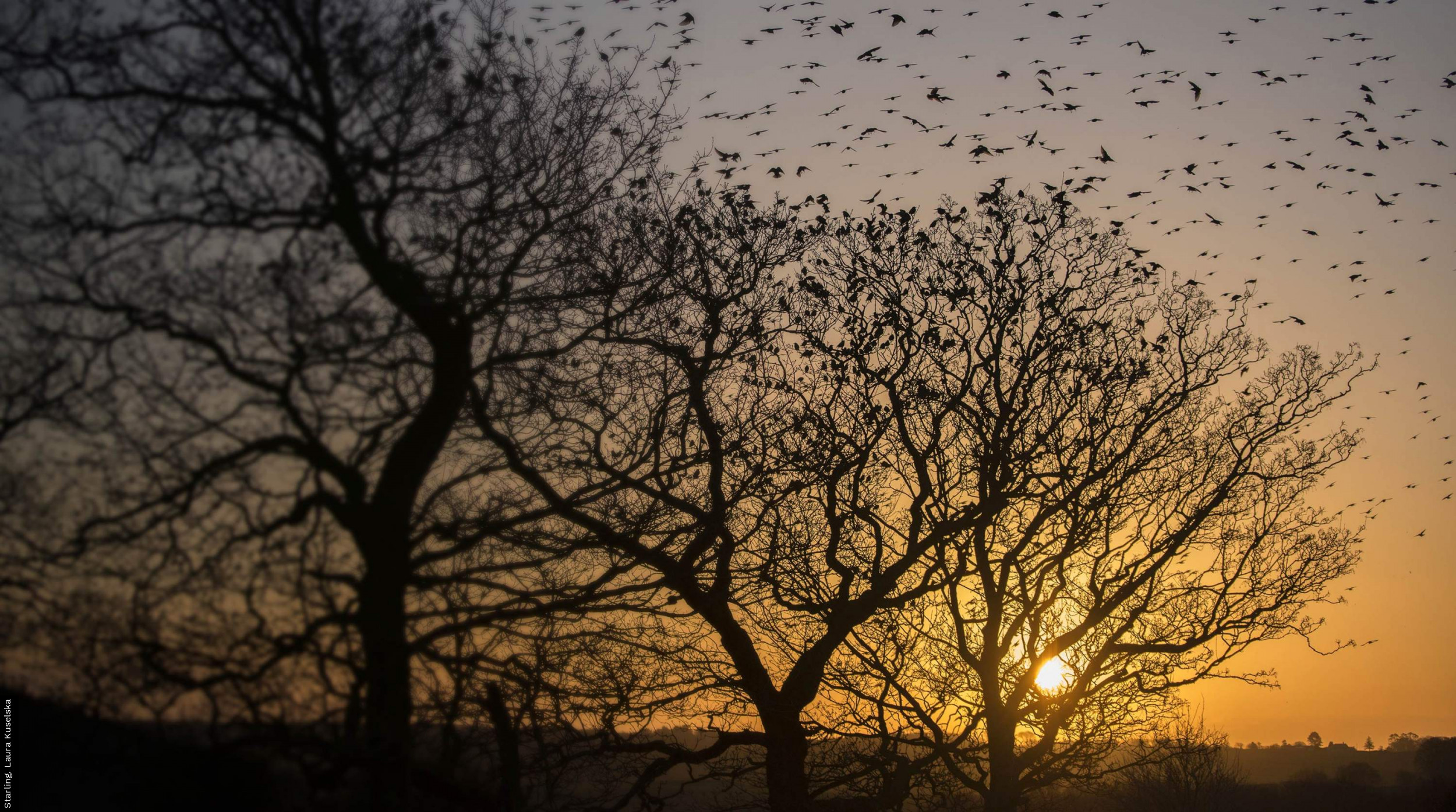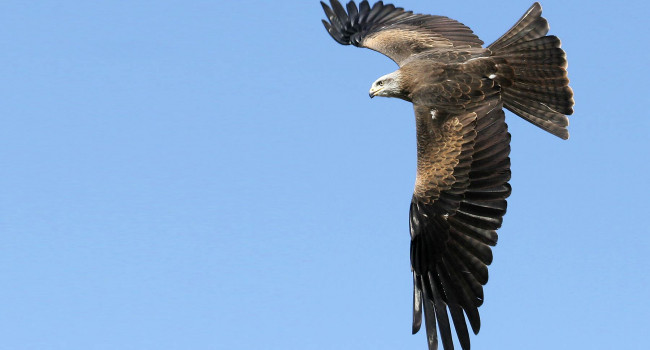Latitudinal gradients in the productivity of European migrant warblers have not shifted northwards during a period of climate change

Author(s): Eglington, S. M., Julliard, R., Gargallo, G., van der Jeugd, H. P., Pearce-Higgins, J. W., Baillie, S. R. and Robinson, R. A.
Published: January 2015
Journal: Global Ecology and Biogeography Volume: 24
Digital Identifier No. (DOI): 10.1111/geb.12267
A long-term monitoring study involving bird ringers from five countries has investigated how changes in the reproductive output of seven species of migrant warbler vary with latitude and spring temperature. The implications for predicted changes in species distribution are also discussed.
Going north
One of the most notable signatures of climate change is the shift in species distributions towards the poles with rising temperatures, but the mechanisms underlying this change are not well understood. Most research to date has focused on individual study areas, rather than looking across the wider range occupied by the species under study. One possible mechanism for the observed distribution shifts is changes in the patterns of productivity (i.e. the number of juveniles raised per adult). Productivity within the migrant songbirds breeding in Europe might be expected to vary with latitude, underpinned by the effects of temperature and day length on plant and invertebrate production. If thermal isoclines (areas of equal temperature) are shifting northwards in Europe, then we might expect to see similar shifts in patterns of songbird productivity.
Bird ringing and productivity estimates
European-scale measures of songbird productivity are available from the standardized bird ringing projects operated as part of the EuroCES programme. This study, led by the BTO and involving colleagues from partner organisations elsewhere in Europe, collated more than two decades of capture data for 350,000 individual birds of seven migrant warbler species (Chiffchaff, Willow Warbler, Sedge Warbler, Reed Warbler, Whitethroat, Blackcap and Garden Warbler) from 426 individual CES (Constant Effort Sites) sites operated in England, Ireland, France, Catalonia and the Netherlands. The results demonstrated that ringers whose sites are located at intermediate latitudes (approximately in the middle of a species' breeding range) tended to catch the highest proportion of juveniles, which is used as a proxy of productivity. These patterns have generally not shifted poleward through time, providing limited evidence to support the prediction that recent warming has led to an increase in productivity at the northern margins of species ranges, as suggested by previous studies of distribution and community change.
"Average" springs are good for breeding
The key finding of the study was that species generally appeared to be adapted to local conditions, producing most chicks in “average” years; when temperatures were cooler or warmer than average, productivity fell. While the mechanism by which spring temperatures influence productivity cannot be inferred, it seems plausible that the availability of invertebrate food is likely to be important. This suggests that, despite the observed relationships between productivity and temperature, the implications for distributional shift are unclear at this stage. Other factors, notably habitat quality and wider resource availability, may be important because local adaptation to these may constrain species responses to a changing climate. Other work by BTO has shown that population increases may be facilitated more by changes in survival, although how this might affect distribution is less clear (Robinson et al. 2014). Collectively these studies highlight that in order to be able to determine the effect of climate change on birds, continent-wide monitoring of abundance, productivity and survival is vital. Without such information, it will be impossible to effectively manage populations in such a way to help species adapt to climate change effects.
Notes
This analysis was funded by the BTO. CES ringing in Britain and Ireland is funded by a partnership of BTO and the Joint Nature Conservation Committee (on behalf of Natural England, Natural Resources Wales, Scottish Natural Heritage and the Department of the Environment in Northern Ireland), by the National Parks and Wildlife Service (Ireland) and the ringers themselves. The Catalan CES Scheme is organized by the Institut Català d’Ornitologia and the Generalitat de Catalunya and receives funding from Catalunya Caixa and the Diputació de Barcelona. We thank the many hundreds of ringers who contributed their time, effort and expertise in operating a CE site. The CRU TS3.0 dataset is a collaborative product of the Met Office Hadley Centre and the Climatic Research Unit at the University of East Anglia and was supplied by the British Atmospheric Data Centre.
Other cited references:
Robinson, R.A., Morrison, C.A. & Baillie, S.R. 2014. Integrating demographic data: towards a framework for monitoring wildlife populations at large spatial scales. Methods in Ecology & Evolution 5:1361-1372.








Share this page